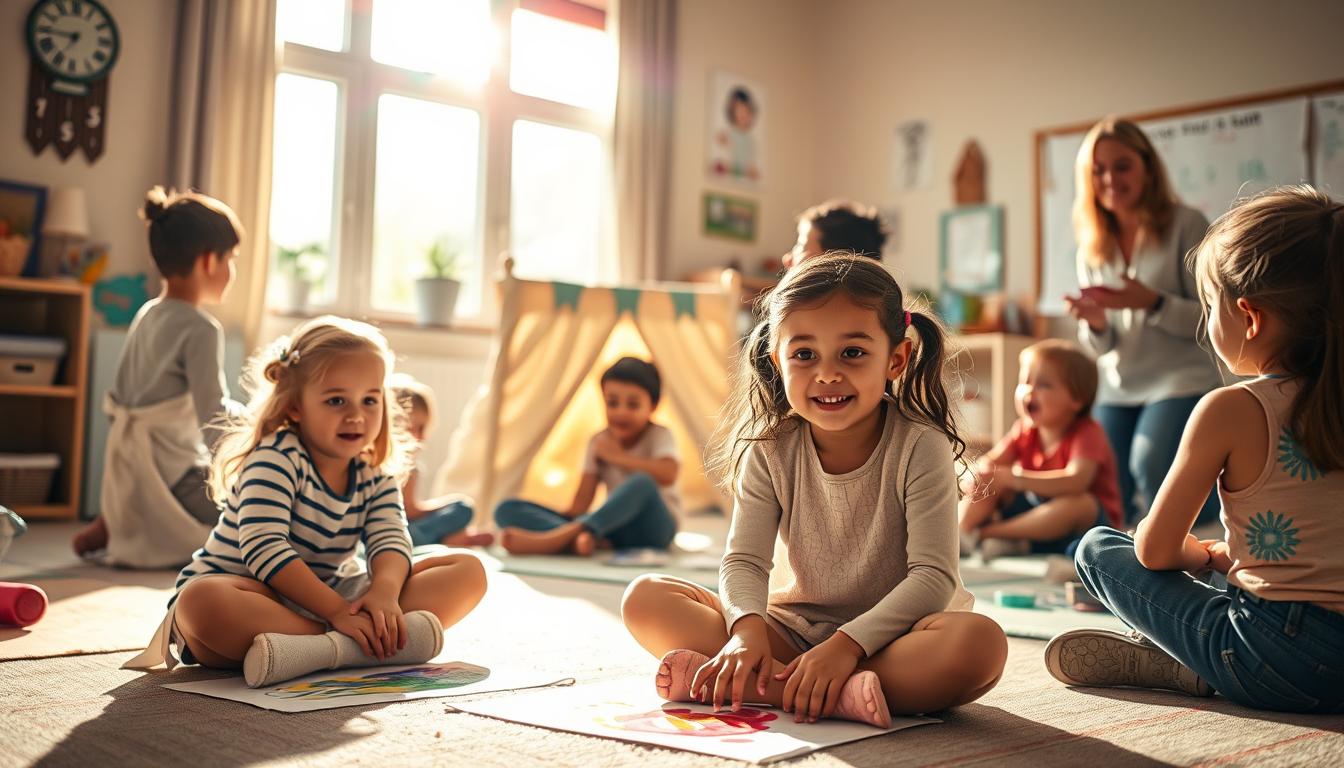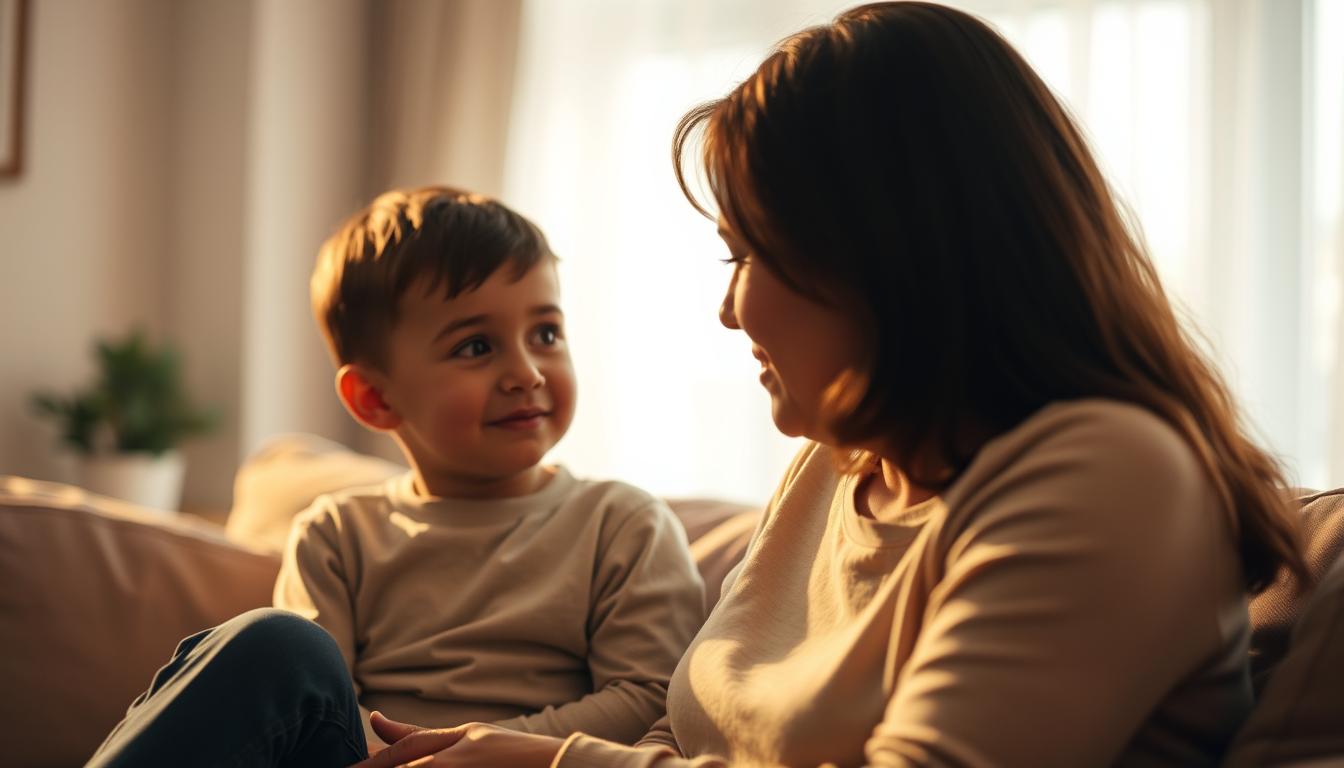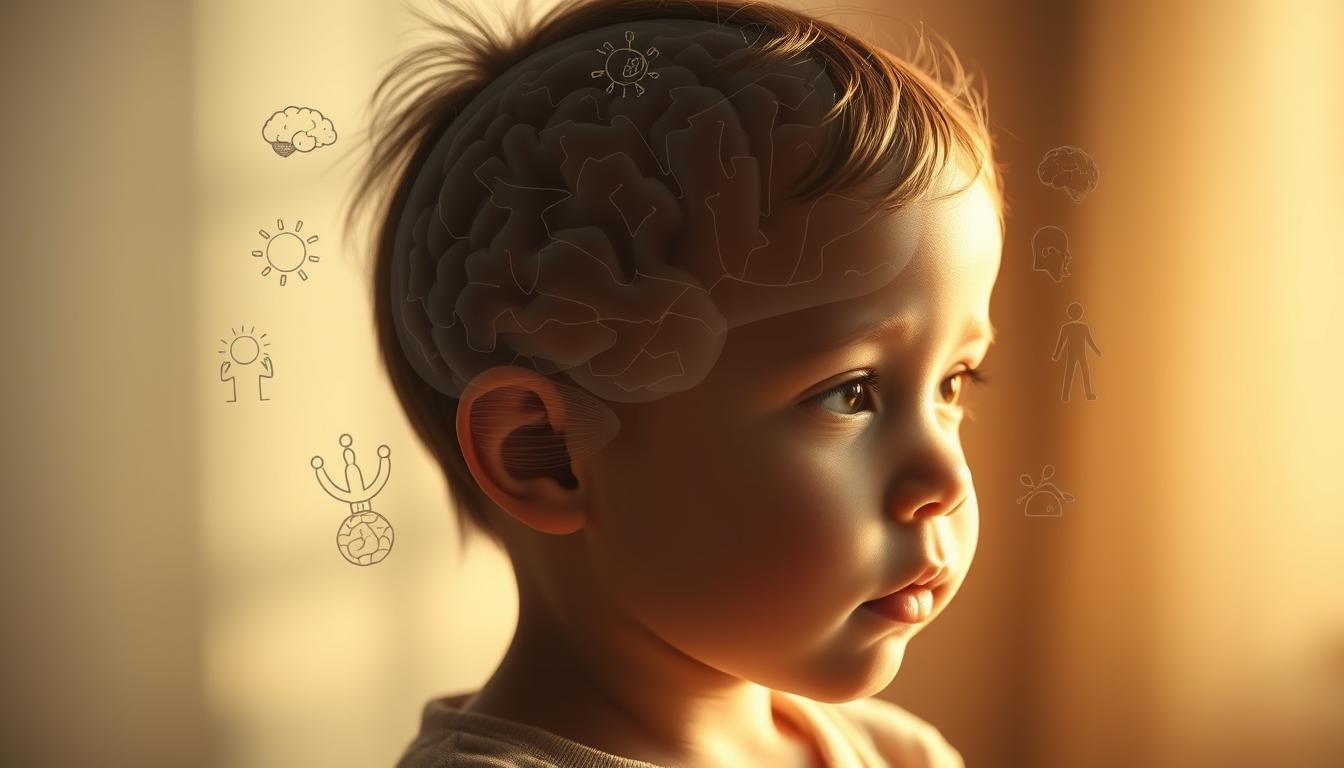Category
Recent Comments
Shop Categories
-
 Baby & Maternity22 products
Baby & Maternity22 products -
 Beauty & Health22 products
Beauty & Health22 products -
 Books & Media22 products
Books & Media22 products -
 Cell Phones & Accessories11 product
Cell Phones & Accessories11 product -
 Colors11 product
Colors11 product -
 Digital Products22 products
Digital Products22 products -
 Featured44 products
Featured44 products -
 Fun11 product
Fun11 product -
 Health & Household33 products
Health & Household33 products -
 Jewelry & Accessories22 products
Jewelry & Accessories22 products -
 Kids' Fashion11 product
Kids' Fashion11 product -
 Preschool Learning11 product
Preschool Learning11 product -
 Sports & Outdoors33 products
Sports & Outdoors33 products -
 Toys & Games22 products
Toys & Games22 products -
 Most Popular66 products
Most Popular66 products -
 New Arrival55 products
New Arrival55 products -
 On Sale77 products
On Sale77 products
Popular
-
 Free Parenting Journey Planner: Doctor Visits & Baby Prep
Free Parenting Journey Planner: Doctor Visits & Baby Prep
5.00 $Original price was: 5.00 $.0.00 $Current price is: 0.00 $. -
 Top 10 Preschool Coloring Book Bundle
Top 10 Preschool Coloring Book Bundle
50.00 $Original price was: 50.00 $.14.99 $Current price is: 14.99 $. -
 86pcs/set Elegant Retro Earrings, Multi-layer Necklace, Earrings, Rings, Four-in-one Multi-piece Jewelry Set for Women, Ideal for Daily Outing, Commuting, Mother's Day, Valentine's Day Gifts, No Box
Rated 5.00 out of 5
86pcs/set Elegant Retro Earrings, Multi-layer Necklace, Earrings, Rings, Four-in-one Multi-piece Jewelry Set for Women, Ideal for Daily Outing, Commuting, Mother's Day, Valentine's Day Gifts, No Box
Rated 5.00 out of 514.99 $Original price was: 14.99 $.4.17 $Current price is: 4.17 $. -
 Smiling in the Sky Kite with Free Flying String - Durable Polyester, Mixed Colors, Perfect for Outdoor Fun
Rated 5.00 out of 5
Smiling in the Sky Kite with Free Flying String - Durable Polyester, Mixed Colors, Perfect for Outdoor Fun
Rated 5.00 out of 56.99 $Original price was: 6.99 $.1.35 $Current price is: 1.35 $. -
 Chic Girls' Summer Outfit Set: Strawberry Embroidered Off-Shoulder Top & Heart Belted Shorts - Breathable Polyester, Machine Washable, Perfect for Outdoor
Rated 5.00 out of 5
Chic Girls' Summer Outfit Set: Strawberry Embroidered Off-Shoulder Top & Heart Belted Shorts - Breathable Polyester, Machine Washable, Perfect for Outdoor
Rated 5.00 out of 519.89 $Original price was: 19.89 $.6.39 $Current price is: 6.39 $. -
 1pc Frameless Oversized Gradient Fashion Glasses for Women, Polygonal Metal Hinge, PC Lens, Fashionable UV Protection Eyewear for Outdoor Activities
Rated 5.00 out of 5
1pc Frameless Oversized Gradient Fashion Glasses for Women, Polygonal Metal Hinge, PC Lens, Fashionable UV Protection Eyewear for Outdoor Activities
Rated 5.00 out of 53.47 $Original price was: 3.47 $.2.05 $Current price is: 2.05 $.
Tag Clouds

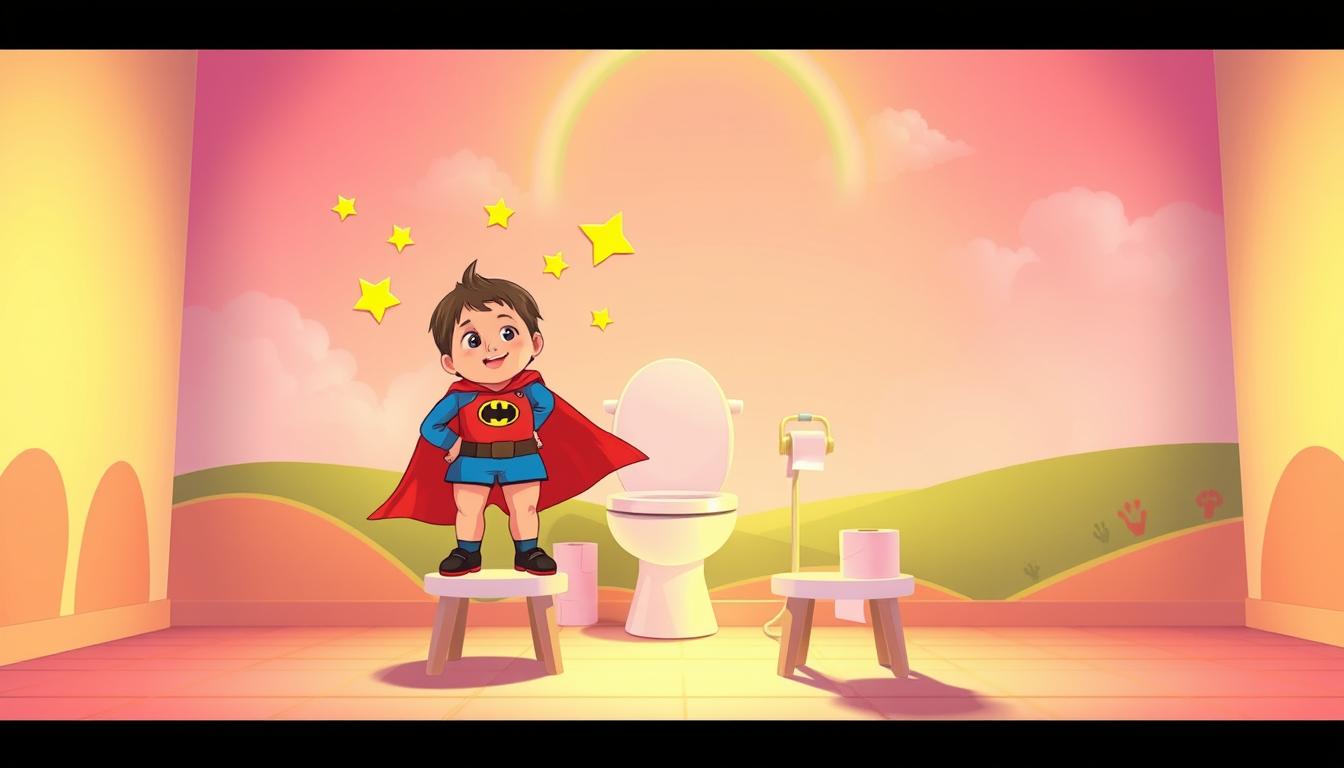
Are you ready to learn the secrets of easy potty training? It might seem tough, but with the right steps, it’s a big win for you and your child. This guide is packed with tips to make potty training a breeze.
You’ll learn how to know when your child is ready. You’ll also find out the best way to start and how to celebrate every success. Let’s start this exciting journey together!
- Understanding fundamental aspects of potty training is key.
- Spotting readiness signs makes the transition smoother.
- Picking the right potty training method is important.
- Following step-by-step guides helps a lot.
- Dealing with problems well can make things less stressful.
- Marking milestones boosts your child’s confidence.
Understanding Potty Training: The Basics
Potty training is a big step in your child’s life. It’s not just about learning to use the toilet. It’s also about their physical, cognitive, and emotional growth. Understanding these areas helps your child learn to use the potty well.
Think of potty training as a journey, not just a single event. This view makes it a positive experience for both you and your child. Start early by teaching them about bathroom routines. Talking about the toilet in daily life makes it seem normal.
Watch for signs that your child wants to use the toilet. This helps them feel more at ease. Celebrating their small successes boosts their confidence and independence.
Signs Your Child is Ready for Potty Training

Knowing when your child is ready for potty training is key. Look for signs that show they are ready. If they stay dry for a long time, it means they can control their bladder and bowels.
Behavioral signs are also important. If your child wants to use the toilet or hates dirty diapers, it’s a good sign. They also need to understand simple instructions. If they can follow directions like “Let’s go to the bathroom,” they might be ready.
Children usually show these signs between 18 to 24 months. But every child is different. Watching for these signs helps you know when they are ready. Remember, being patient is important. Rushing can make both you and your child unhappy.
Potty Training Power-Up: A Gentle, Step-by-Step Guide for Parents

Potty training can seem hard, but it can be easy with the right approach. This guide helps you potty train your child step by step. It’s important to remember that every child is different.
Here are some good ways to start:
- Child-led approach: Let your child decide when to start potty training. Watch for when they’re ready and go at their pace.
- Intensive methods: Some parents use the 3-Day Potty Training method. It’s a quick, focused way to train your child.
Think about what’s best for your child and your family. Getting advice from experts can help you choose the right method. This guide will help you make potty training a positive experience for your child.
Choosing the Right Potty Training Approach

Choosing the right potty training method can be tough. Every child is different. It’s important to pick a method that fits their personality and growth.
There are two main types: child-led and quick methods. Child-led methods let your child lead the way. This approach is gentle and lets them set the pace. It builds trust and makes things more relaxed.
But, this method might take longer. You’ll need to be patient. If your child isn’t ready, it can get frustrating.
Quick methods are more structured. They help you finish training faster. They also make your child more confident with the potty.
But, these methods can be stressful. They might not work for every child. Think about your child’s personality and daily life. Choosing a method that fits their needs is key to success.
Step-by-Step Potty Training Techniques

Starting potty training can seem scary. But, with the right steps, you can do it well. First, get ready. Learn when your child is ready to start.
Make a good place for the potty. Choose a potty that’s easy for your child to use. Put it where they can easily get to it. Make sure the area is quiet and calm. This helps your child focus on learning.
When it’s time to try, use helpful tips. Have your child sit on the potty often, like after meals or before bed. Be happy with small successes. A simple high-five or a sticker can really help.
Once they start, keep up the good work. Remind your child to use the potty often, like when you’re going out. Being consistent helps your child feel safe and supported.
Managing Naps and Nighttime Training

Nighttime potty training is hard. It needs patience and a steady plan. A good routine is to take your child to the toilet before bed.
Using nighttime pull-ups can help. They ease the stress for you and your child. Remember, accidents can happen, and that’s okay.
It’s also key to manage naps well. Make sure your child uses the toilet often during the day. This helps them get used to it at night. Don’t cut off water too early, but make sure they’re not thirsty before bed.
- Start with a pre-bedtime routine: Always include a toilet visit.
- Be patient: Expect occasional setbacks as your child learns.
- Celebrate successes: Positive reinforcement can boost their confidence.
Switching to underwear at night is a big step. Do it slowly, so your child feels in charge. A supportive place helps them feel independent and makes training easier.
Potty Training Outside the Home

Potty training on the go can seem hard. But with the right prep, your child can do it with ease. Make sure you have a portable potty, wipes, and extra clothes in your bag. These are key for when you’re out and about.
Finding good public restrooms is important for stress-free outings. Look up clean restrooms before you go. Knowing where they are can help your child feel more at ease.
It’s important to keep up with bathroom visits, even when you’re out. Make it a game or give a small treat for each successful visit. Always stay positive to help your child feel secure.
Common Potty Training Challenges

Potty training can be tough for many parents. You might see accidents, resistance, or fear of the toilet. Knowing these common problems is key to solving them.
Accidents are normal in potty training. It’s okay to feel frustrated, but staying calm helps. Talk to your child about their fears. Let them know it’s okay to share their feelings.
- Offer reassurance that accidents happen to everyone.
- Establish a routine that includes regular bathroom breaks.
- Celebrate small victories to build confidence.
Stay patient during this time. You’re not alone in these challenges. Good communication and understanding can help you get through it.
Overcoming Regression and Fears

Potty training regression can be tough for you and your child. Knowing why it happens, like stress from changes, new siblings, or moving, helps a lot. It lets you make a safe space for them to feel safe and confident.
Getting back to toilet training basics is important. Start with gentle reminders and simple steps. Kids like routine, so set regular bathroom times. This helps them feel less scared. Praise them for small wins to make them feel good about themselves.
Talking about their fears is key when dealing with toilet anxiety. Listen to what they say and show you understand. If they’re scared of flushing or sitting, find fun ways to help. Like a toy for flushing or picking their own potty seat. This makes going to the bathroom a positive thing.
As they get braver, let them take charge of their potty time. Let them pick when to go or what underwear to wear. This makes them feel in control and more willing to use the potty.
Celebrating Milestones: Beyond the Diaper

Celebrating potty training success is key for you and your child. When your little one moves away from diapers, every step is worth celebrating. It boosts their confidence and keeps them motivated.
Just saying “Great job!” can make your child feel proud. You can also use stickers or treats to show how proud you are. But, as they get better, try using less stuff to avoid them needing it all the time.
For big milestones, think about having a ‘potty party’. Invite family or friends to join in the fun. It makes your child feel loved and supported.
But, don’t forget to keep things balanced. Your child should feel good about their achievements without feeling forced. Use positive words to encourage them and let them enjoy their progress. Enjoying each step will make potty training a fun journey for your child.
Remember, patience and being flexible are very important when potty training your child. Every child learns at their own speed. It’s important to trust their own pace.
It’s great to celebrate even the smallest steps. These small wins help build their confidence and comfort with using the potty.
There are many resources to help you on this journey. You can find books, online forums, and parenting groups. These can give you tips and support.
With the right attitude and a supportive place, potty training can be a good time. Enjoy this journey and watch your child grow. Soon, they won’t need diapers anymore!
FAQ
What is the best age to start potty training my child?
What are some signs that my child is ready for potty training?
What are some effective potty training techniques?
How can I make potty training a positive experience for my child?
What should I do if my child is resistant to potty training?
How can I handle nighttime potty training?
What resources are available to help with potty training?
Written by lana saleh
Best offers
Join Risk Free
Subscribe Now
100% Safe
Secure Shopping
24x7 Support
Online 24 hours
Best Offers
Grab Now
Free Shiping
On all order over
Know Us

Your go-to online destination for inspiration, guidance, and resources across various aspects of daily living, covering topics like wellness, style, home, relationships, personal development, and more, all aimed at helping you cultivate a fulfilling and intentional life
Read MoreRecent Posts



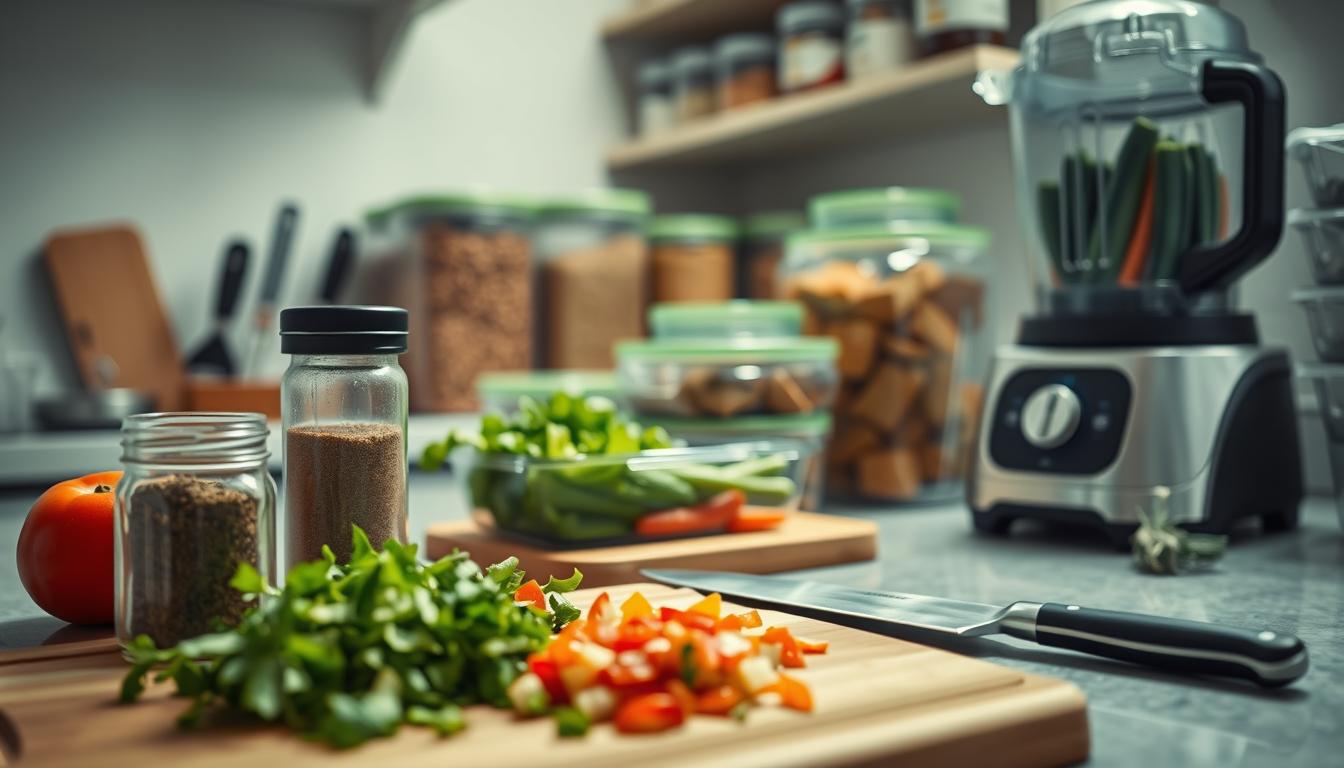
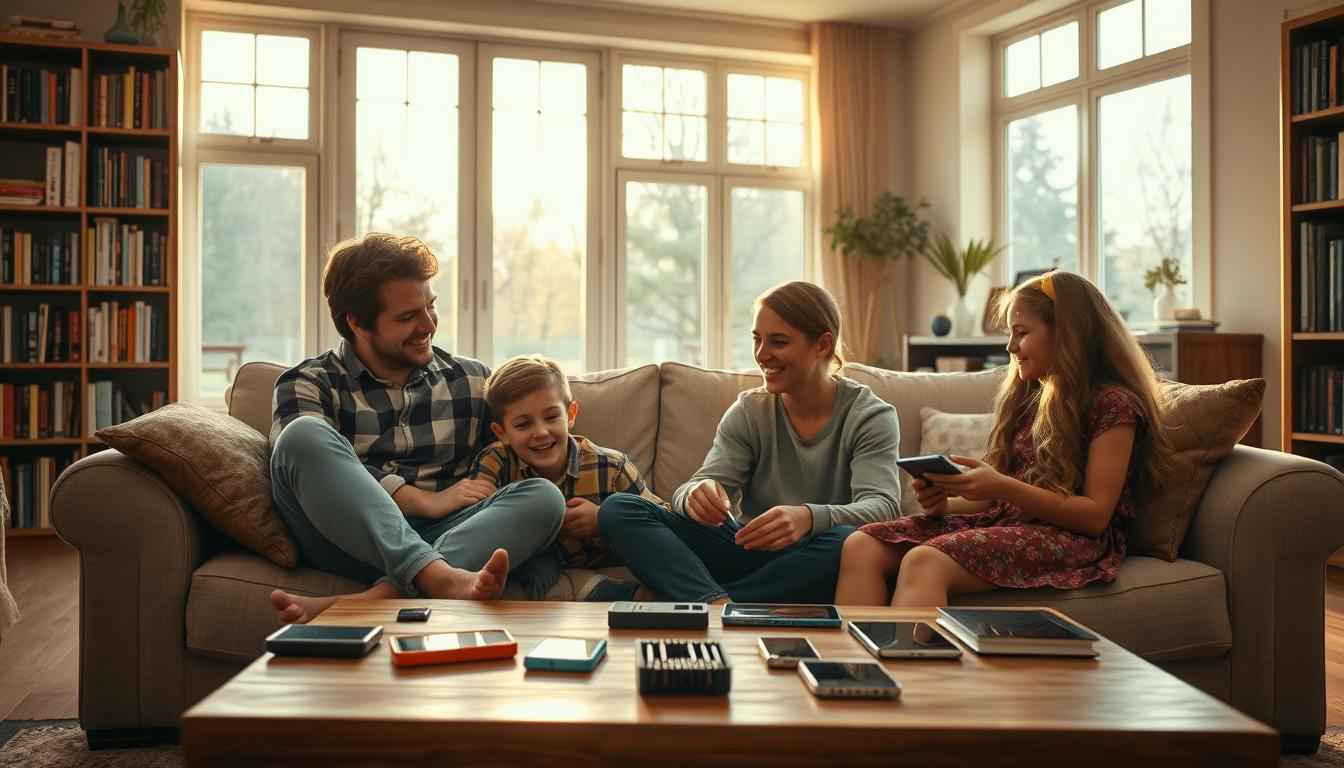



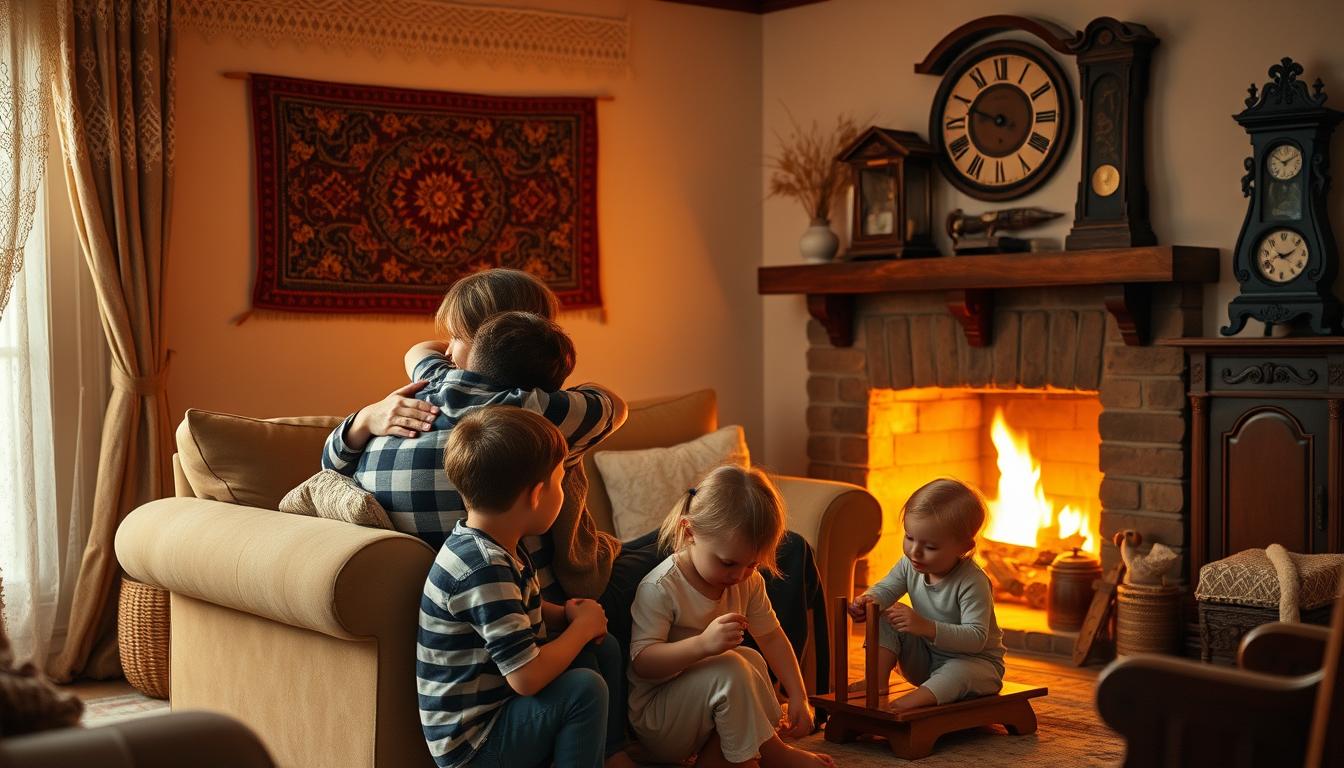

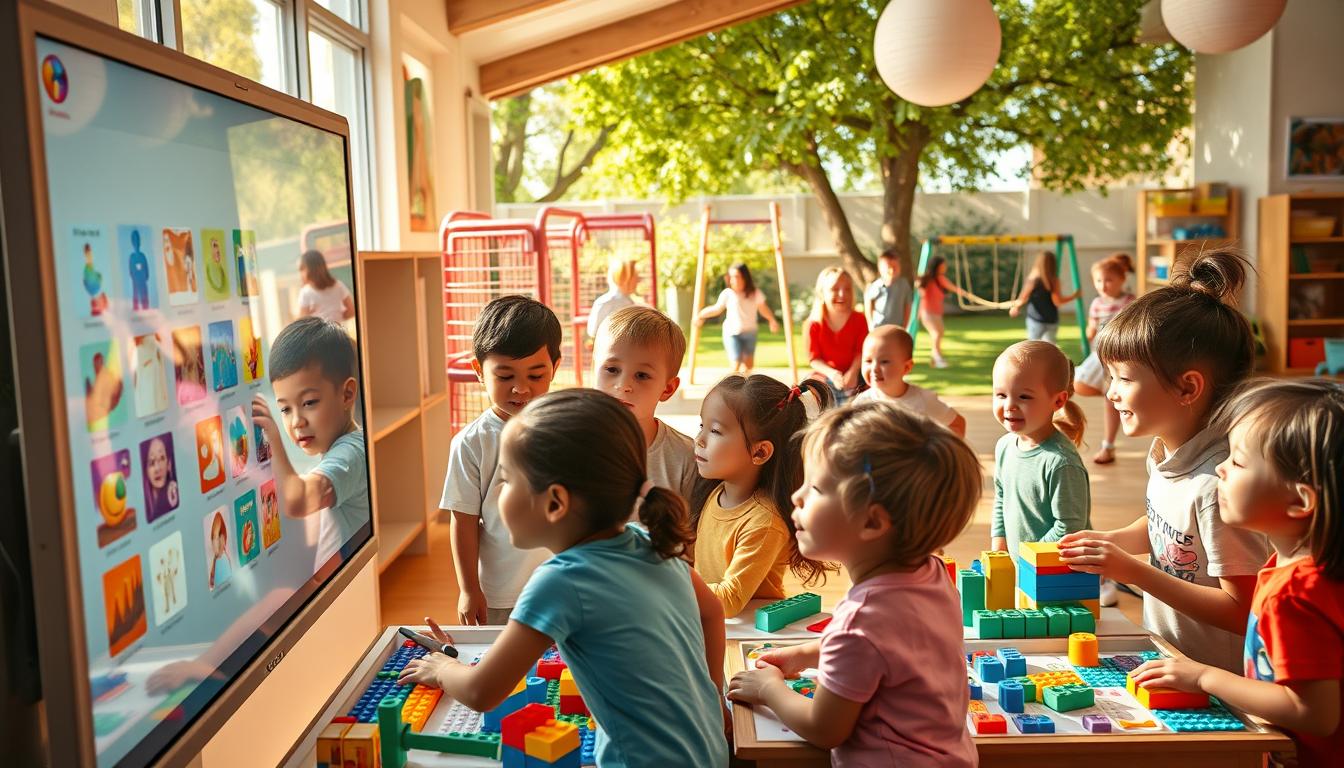
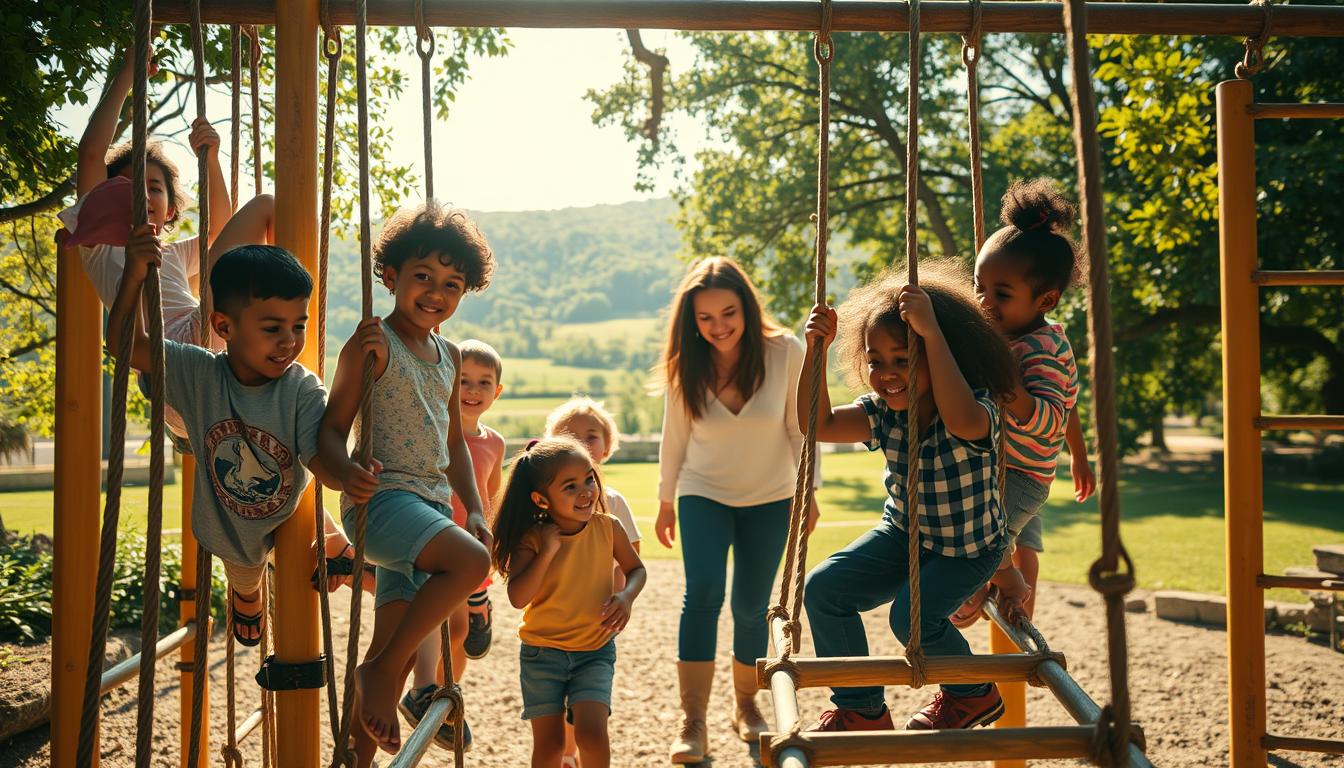
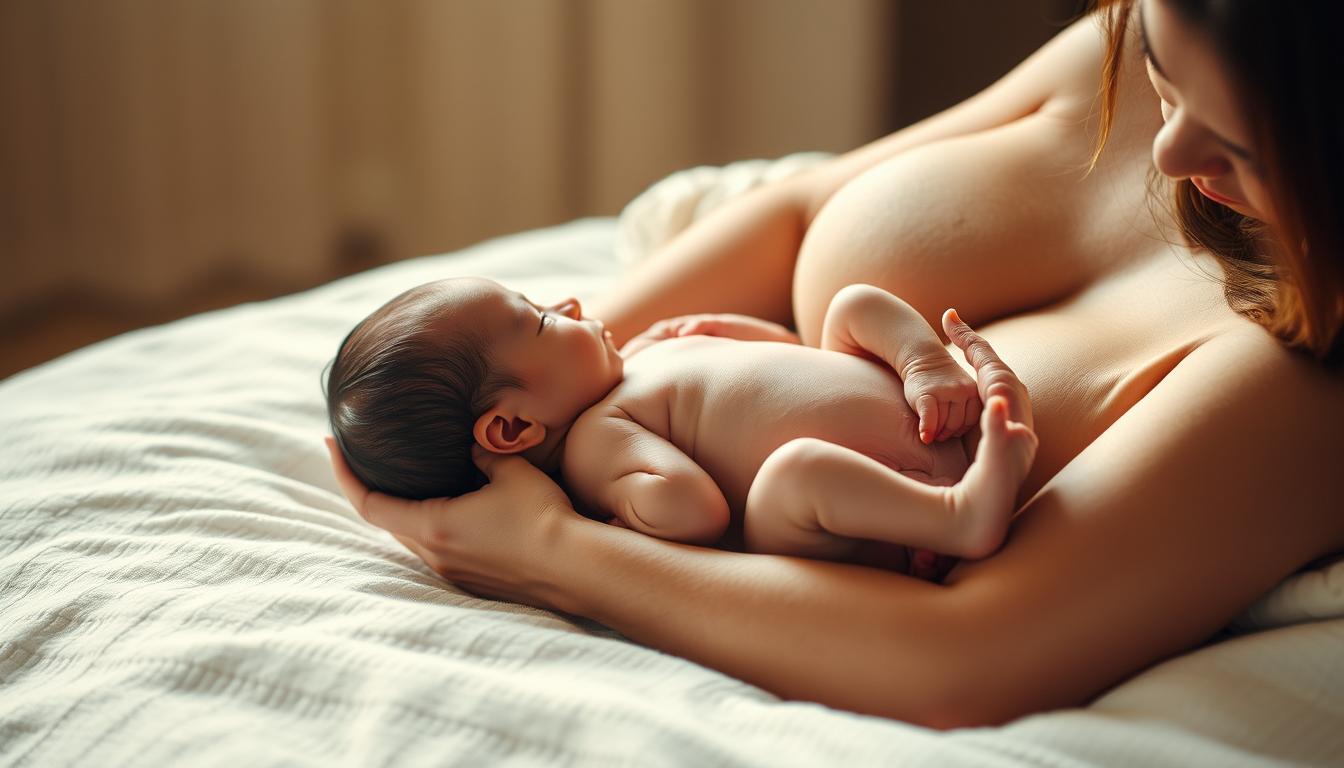











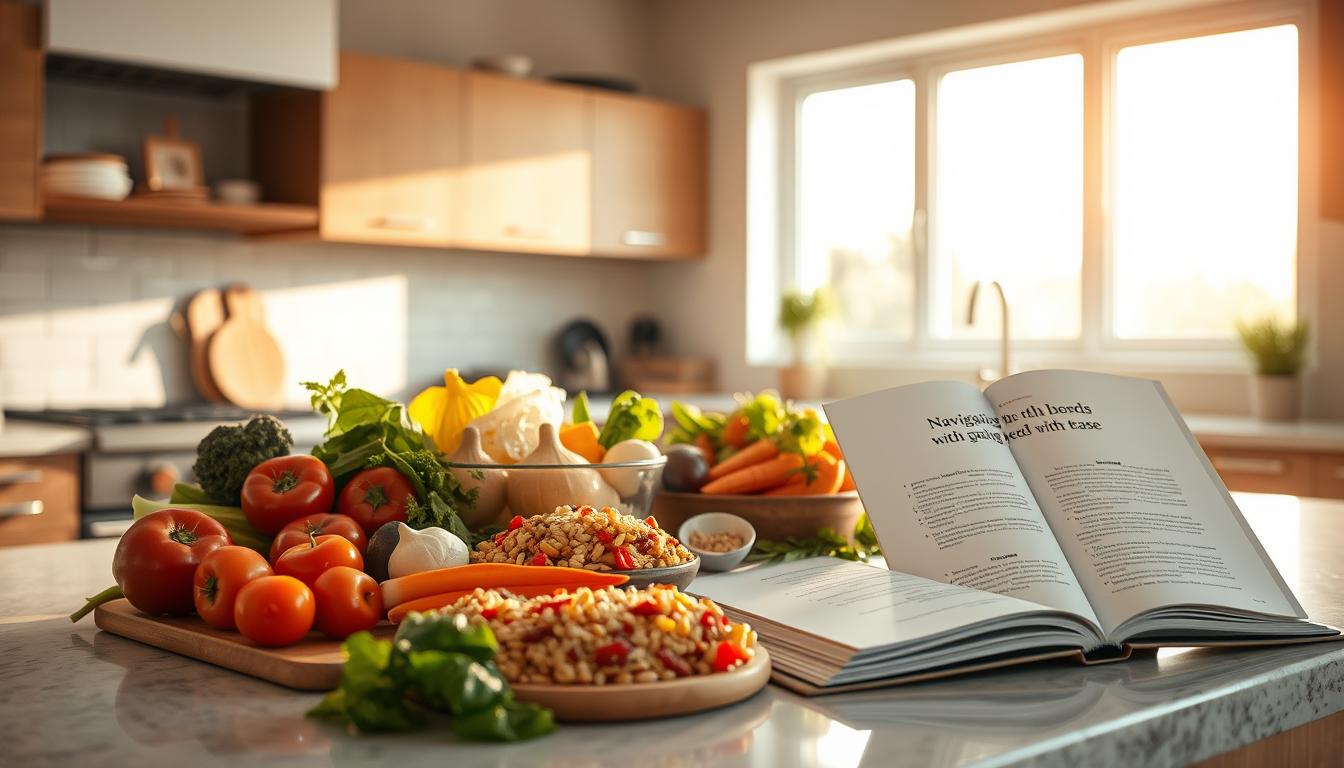







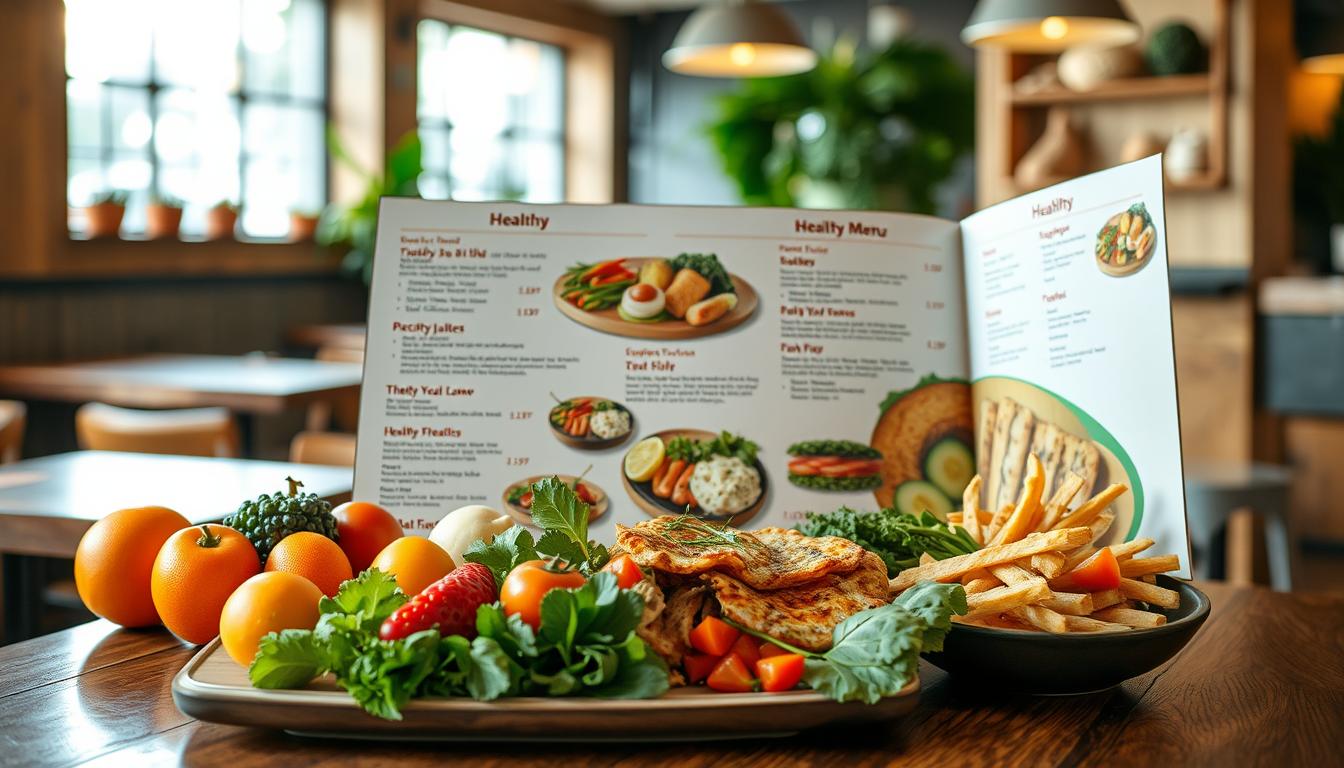




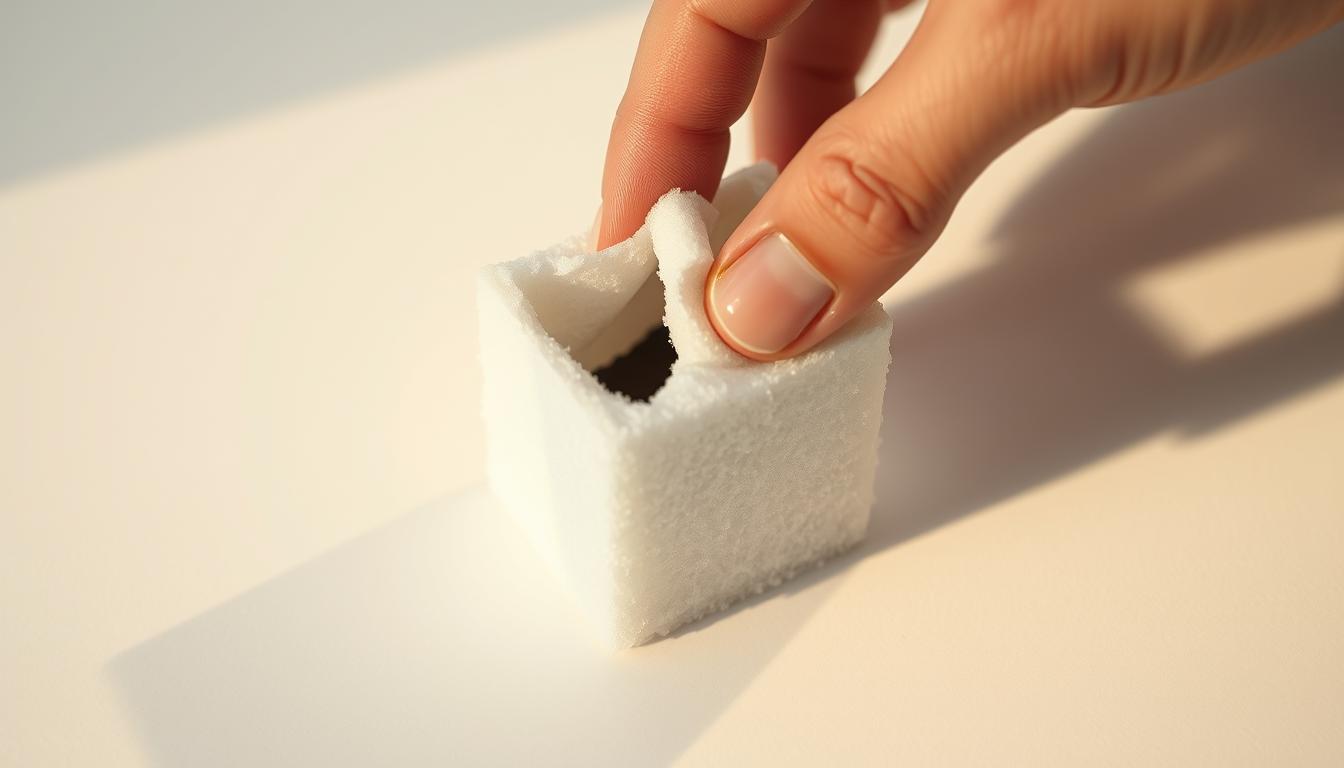
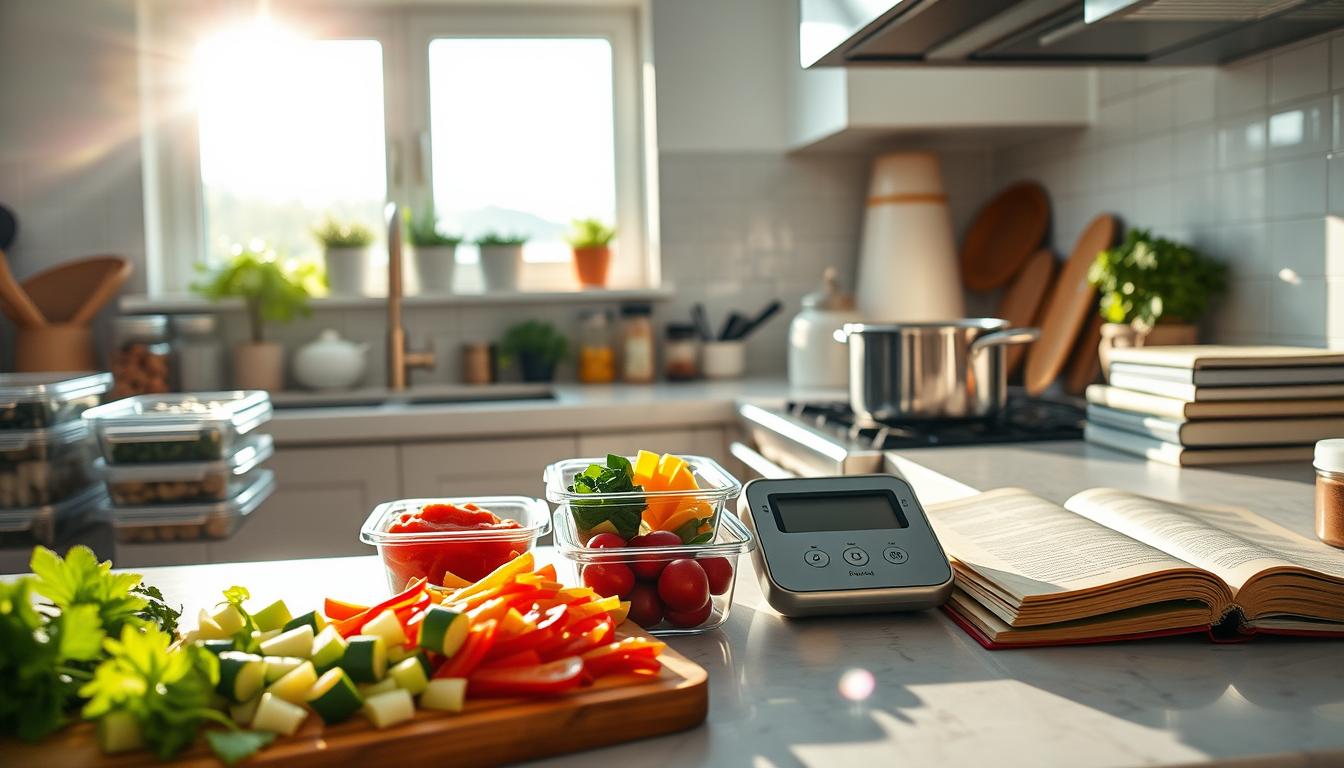

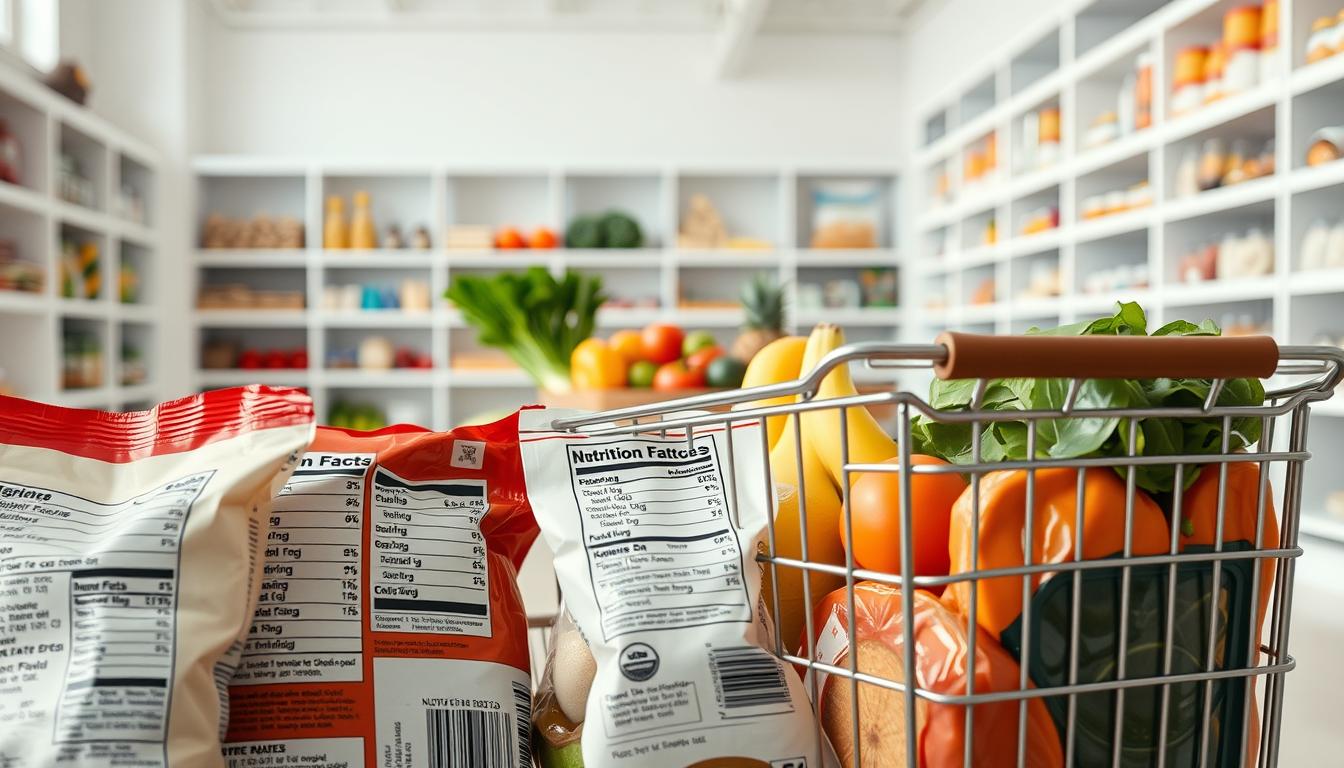
Product Showcase







